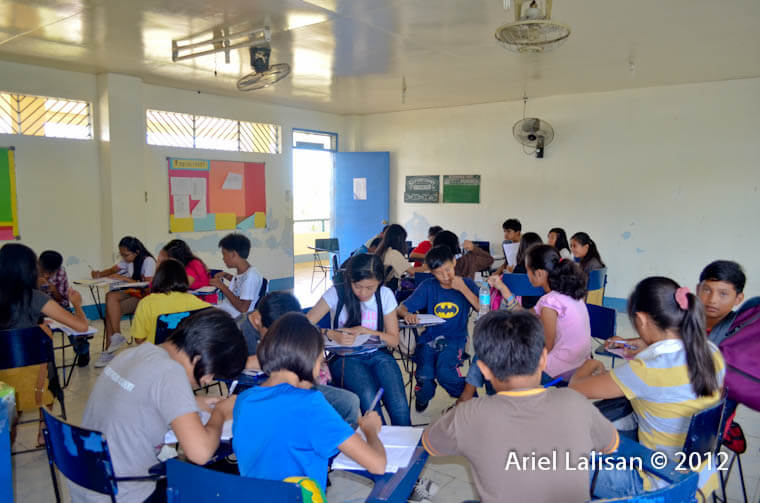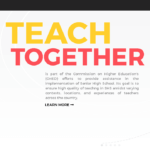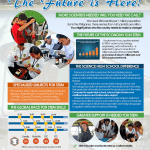THE SCHOOL year 2012-2013 marks the beginning of the implementation of the K-12 curriculum in public schools. That means, Kindergarten is now mandatory. The current first year to fourth year high school shall now be called grades 7-10. After four more years, there shall be grades 11 and 12. The question that is in everyone’s head right now is this: are we ready for the implementation of the K-12 curriculum?
As early as two years ago — when public discussions about the K-12 program have begun — I had my own scrutiny of the new curriculum. It was then called the enhanced K+12 Program. I highlighted the benefits of the K-12 program should it be implemented properly. In another post, I wrote about the perception of some people who go against the K-12 program, and in another, the preparations that the DepEd should make before implementing the new curriculum .
Now, two years have passed, and the DepEd is on its way to implement it. In the past two years, the DepEd conducted consultations with stakeholders regarding the curriculum. Just this summer, teacher trainers have been sent to Manila for training and orientation on the new curriculum. The Regional training for grade 1 and grade 7 teachers will be held this month of May.
In terms of physical facilities, the preparations will be done during the Brigada Eskwela program where stakeholders work together to address the needs of the schools. The need for more classrooms, chairs, books, and teachers will be inevitable when the senior high school program opens four years from now. The government should start working for it as early as now.
This school year, the changes focus on the design of the curriculum, performance standards, and assessment of student performance. In the junior high school, the total number of school hours per day is reduced to six (6) hours including periods for self-directed learning. This is congruent to the order that teachers should only work for six hours. But I guess, this case would not be true for us in the Regional Science High Schools because we offer add-on and elective subjects.

At the end of the grading period, parents will no longer see the numerical grades of their students but the following proficiency levels:
Beginning (B) – 74% and below
Developing (D) – 75%-79%
Approaching Proficiency (AP) – 80%-84%
Proficient (P) – 85%-89%
Advanced (A) – 90% and above
According to DepEd Order No. 31 series of 2012, there will be modules, which teachers can use as learning resource in addition to already available instructional materials and textbooks. I am not sure if the DepEd Order refers to the newly-implemented Understanding by Design (UbD) learning guides. I believe that the new curriculum can work well by the UbD program since both programs are student-centered. The department has yet to provide additional training for teachers, though.
With this, I believe, regular schools can start implementing the K-12 program. It might be difficult at first, but with continued support from school administrators, everything will fall into place.
What is unclear at the moment are the adjustments that Regional Science High Schools will make. We also see the need for revision of our curriculum to suit to the adjustments in the K-12 program. We brought this up to the representative from the DepEd Central Office who visited us last February. Sadly, until now, the Bureau of Secondary Education has not called for a conference regarding our issue. We will implement the programs mandated by DepEd; they only have to make sure that they make us understand them well.
Understand the K-12 Curriculum









nice 😉
wow ang ganda nyo at ang pogi nyo pero atik ra pud to oy! ! ! ! ! ! ! ! ! ! ! ! ! ! @ @ @ @ @ @ @ @ @ @@ @ @@ @ @ @@ @ ! !! ! ! ! ! ! ! ! ! ! ! ! ! ! ! ! ! ! !! ! ! ! ! ! ! ! ! ! ! ! ! ! !
pls po pede po b nyo ipost ung website qng sn mkikita ung mga modules s science…pr s grade 7…???§